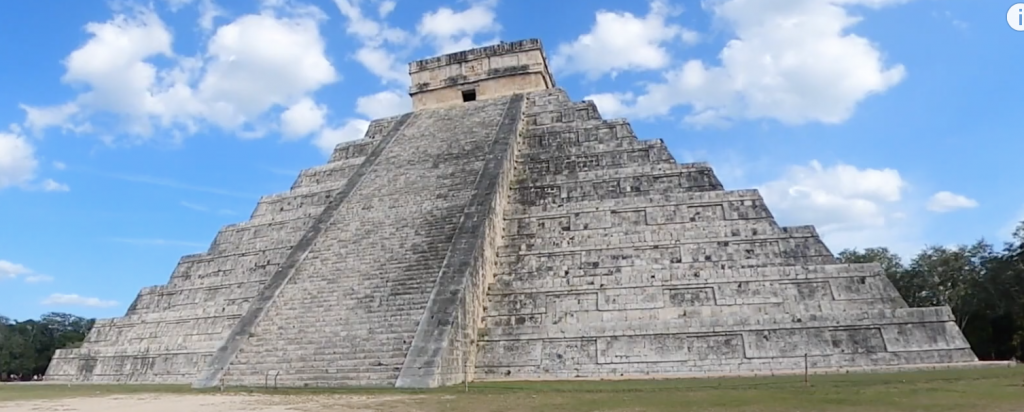
Chichen Itza was a large pre-Columbian city built by the Maya people of the Terminal Classic Period. It was one of the largest Maya cities and it was likely to have been one of the mythical great cities, or Tollans, referred to in later Mesoamerican literature.
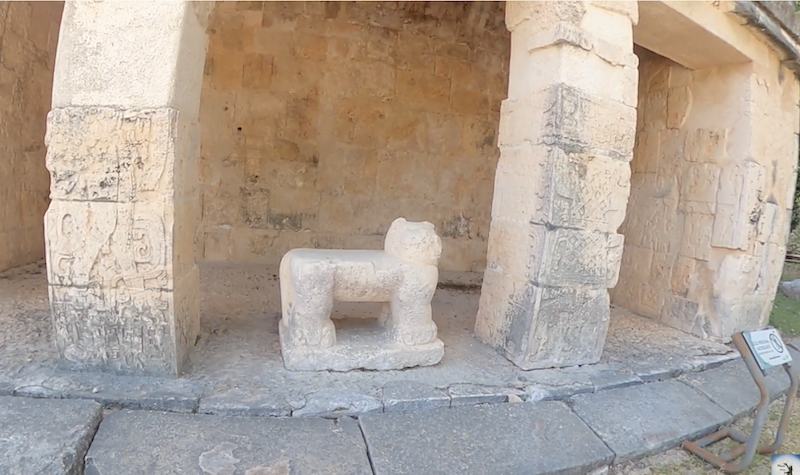
Chichen Itza, a UNESCO World Heritage Site, is the second-most visited of Mexico’s archaeological sites and El Castillo (Temple of Kukulcan) dominates the center of the site. The Temple of Kukulcan is considered one of the New 7 Wonders of the World.
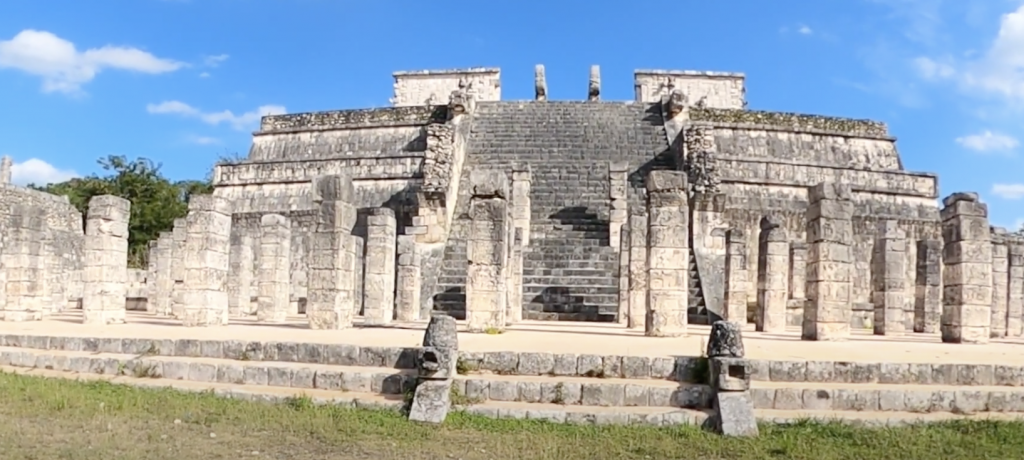
The Maya name “Chichen Itza” means “At the mouth of the well of the Itza.” The power, the wealth and the decline of the mayans make this place a historical significance.
El Castillo (Temple of Kukulcan) – the pyramid consists of a series of square terraces with stairways up each of the four sides to the temple on top. Sculptures of plumed serpents run down the sides of the northern balustrade. Around the spring and autumn equinoxes, the late afternoon sun strikes off the northwest corner of the pyramid and casts a series of triangular shadows against the northwest balustrade, creating the illusion of a feathered serpent “crawling” down the pyramid. The event has been very popular and is witnessed by thousands of visitors at the spring equinox, but it is questionable whether it is a result of a purposeful design, because the light-and-shadow effect can be observed, without major changes, during several weeks around the equinoxes.
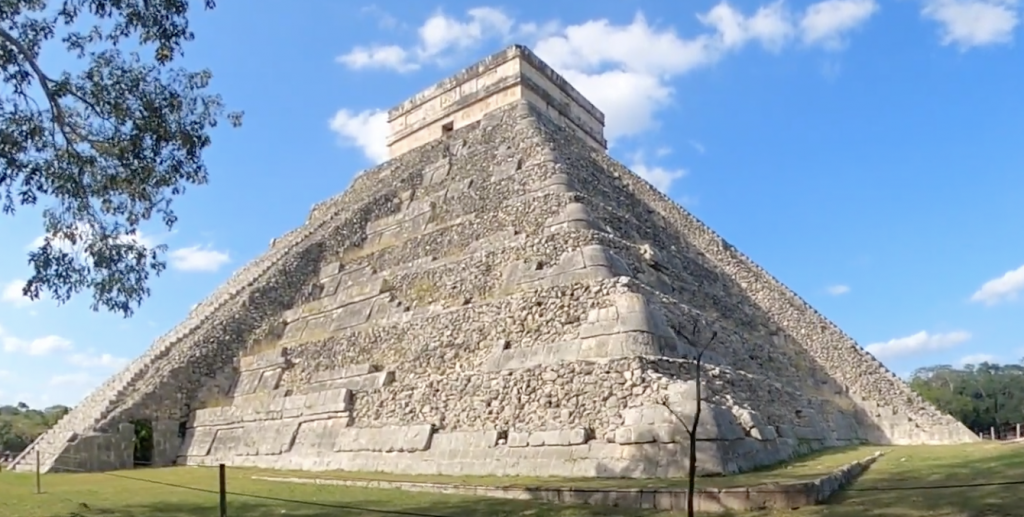
Each of the pyramid’s four sides has around 91 steps which, when added together and including the temple platform on top as the final “step”, may produce a total of 365 steps (the steps on the south side of the pyramid are eroded) (which is equal to the number of days of the Haab’ year).
The structure is 24 m (79 ft) high, plus an additional 6 m (20 ft) for the temple. The square base measures 55.3 m (181 ft) across. Climbing access to El Castillo was closed after a San Diego, California, woman fell to her death in 2006.
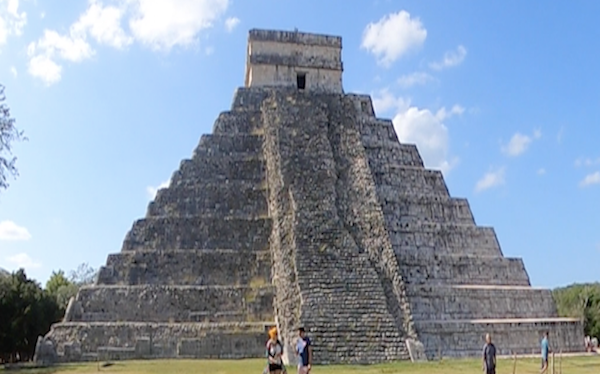
The list of new seven world wonders are the Great wall of China, Petra, Colosseum, Chichen Itza, Machu Pichu, Taj Mahal, and Christ the Redeemer.
